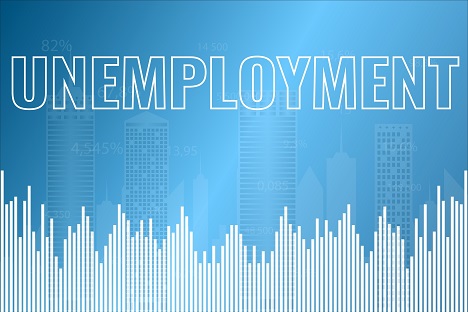| Here Is What We're Going to Do... First, in case you don't already know what merger arbitrage is... The main idea is simple: Buy acquisition targets below their proposed deal prices and capture the difference when the deals are complete. This strategy relies exclusively on the success of the deal, so our job as the arbitrageur is to determine the likelihood of success. There are several data points we can look at to guide our prediction. I find that one of the most helpful steps is to identify the most common reasons for failure. Internal Threats Most canceled deals stem from price disagreements, such as when a target company believes it is being undervalued (or when an acquirer believes it is overpaying). A simple approach we can use to determine whether a deal's valuation is fair is to compare it with other deals using deal multiples. This is similar to comparing the price-to-earnings (P/E) ratios of different stocks. Looking at the multiples of the Intel-Tower deal, we can see it is attractively valued compared with other merger and acquisition (M&A) deals... In the "Target" column, the transaction value (TV) is divided by Tower Semiconductor's revenue and earnings to get the deal's valuation multiples. In the column to the right, we can see the median multiples for similar deals. The Intel-Tower deal's significantly cheaper multiples imply Intel is getting a fair price on the deal. Since both parties have already agreed on the price and both boards have already approved the deal, the internal risk of failure appears low. External Threats Another common reason that M&A deals fail is regulatory issues. These include antitrust, securities and investment laws, as well as foreign exchange regulations. To determine regulatory risk, we must identify the countries with pending approvals, then examine the probability that their regulators will approve the deal. While the Intel-Tower deal has avoided any pushback so far, regulatory concern remains the greatest risk to this deal's success. So let's consider some of the countries that currently pose the highest risk. China: The regulatory risk from China is the largest threat to this deal's success. China's worsening economic relationship with the U.S. is directly tied to semiconductors, and it presents the risk that Chinese regulators might attempt to block the deal. Tower, however, has a very small presence in China, and regulators might hesitate to block the deal, as the decision could result in additional, unwanted confrontation with the U.S. Israel: Another country posing regulatory risk to this deal is Israel. Tower Semiconductor is based in Israel, so Israeli regulators could be wary of the company merging with a non-Israeli company like Intel. But Intel does already have a large presence in Israel, including multiple factories and, most notably, the headquarters of its subsidiary Mobileye. Intel's existing presence in Israel should push regulators to approve this deal, as they will benefit from Intel for years to come. Japan: Lastly, with a large chunk of Tower's revenue coming from Japan, Japanese regulators would prefer to keep Tower operating in their country. And Japan is counting on the U.S. to help it revitalize its own chip industry, with the two countries recently participating in a joint research initiative. Although Japan has shown opposition to M&A deals lately, regulators should be open to approving this deal because Intel plans to continue operations at the Japanese factories after the deal is completed, which will help keep Japanese workers employed. Why This Deal Will Succeed With the two main risks laid out, let's now look at why this deal still has a good chance of success. One reason is the success of similar deals. After screening for deals similar in size, type and nature, I found that over the last three years, 413 similar deals were closed at an 86% success rate - and that was a three-year period in which markets endured a great deal of volatility. With 86% of comparable deals succeeding, we can feel fairly confident that the Intel-Tower deal is also likely to succeed... especially when factoring in the cheap deal valuation. Another reason to speculate on this deal's success is Intel's strong track record of completed acquisitions. Over the last three years, Intel has completed nine out of 11 proposed acquisitions. And this Tower acquisition could be the most beneficial of them all, providing major strategic advantages Intel needs to scale its foundry strategy. But even with the advantageous M&A environment, the deal's calculated probability of success is currently 45%. The calculation factors in TSEM's share price - with shares recently following the market down, the deal's probability of success has fallen as well. YOUR ACTION PLAN Speculators who think this deal will be completed on time can purchase Tower Semiconductor (Nasdaq: TSEM) shares around current prices and capture a 22.5% return upon the date of completion. A less risky approach is to wait for TSEM's share price to rebound, which would increase the probability of the deal being finalized. But doing so would also lower the potential reward in this trade. According to Bloomberg's formula for calculating probability of success, buying shares when they reach $47.70 could result in a 10% return with a 70% probability of success. However, if the deal is blocked or terminated, shares could fall as much as 20% from current levels - down to as low as $35. Personally, I suspect that the current probability of success is higher than 50%, making this an intriguing and lucrative play to start off the new year. Yours in smart speculation, Jonathan Mead
Research Analyst, The Oxford Club | 












No comments:
Post a Comment